A Sydney headquartered logistics company Australian National Couriers (ANC) has grown its electric vehicle (EV) fleet to over 100 EV vehicles, representing 12.5% of its total, with a 2028 target of 30%.
More than 50 more EV delivery vehicles are scheduled to join the ANC fleet in the next 12 months, putting the company on track to exceed its 112-vehicle target by 2026.
The momentum is driven by a $12.8 million (USD 8.3 million) grant from the Australian Renewable Energy Agency (ARENA), awarded under its Driving the Nation program, which funds projects that accelerate EV adoption, expand charging infrastructure, and reduce transport emissions as part of the national push toward net zero by 2050.
It has supported ANC’s Project Spark initiative, launched in June 2024 to accelerate its EV and charging infrastructure rollout.
ANC Chief Executive Officer Joe Sofra said Project Spark shows that with the right support – education, grants and strategy – emissions can be cut while boosting income.
“We’re not just enabling sustainability; we’re building stronger small businesses. Many drivers lack the capital to scale alone, so this provides a clear, supported path to grow,” Sofra said.
“But to further accelerate adoption across the sector, we need to lower total cost of ownership (TCO) and improve access to finance. Tailored EV loans and dedicated insurance products could make the transition viable for more drivers and speed up Australia’s clean transport shift.”
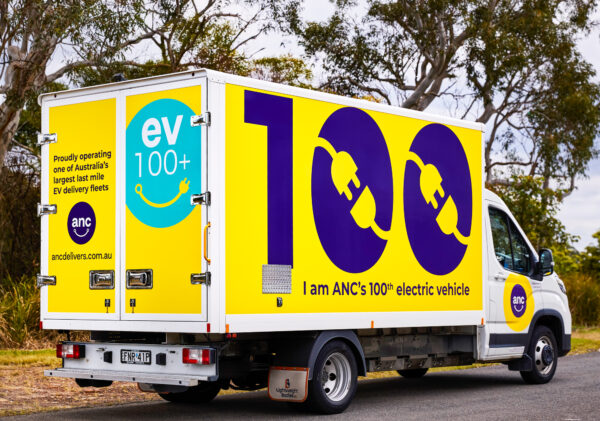
Australian National Couriers
ANC uses a mixed modal charging strategy, including portable DC chargers in locations where depot upgrades are limited by infrastructure costs and civil works, and ensures reliable, cost-effective access to charging for delivery professionals.
Looking ahead, ANC is committed to developing dedicated “park ‘n charge” hubs designed specifically for delivery professionals.
“These hubs will combine secure parking, fast charging, and space to recharge, connect and keep drivers’ businesses moving. The first sites are now in planning, focusing on key delivery corridors,” a company statement says.
“This is about rethinking what a service station looks like in an electric fuure. It’s about infrastructure designed for the people who power last-mile delivery, and we want it to benefit the entire industry,” Sofra said.
This content is protected by copyright and may not be reused. If you want to cooperate with us and would like to reuse some of our content, please contact: editors@pv-magazine.com.
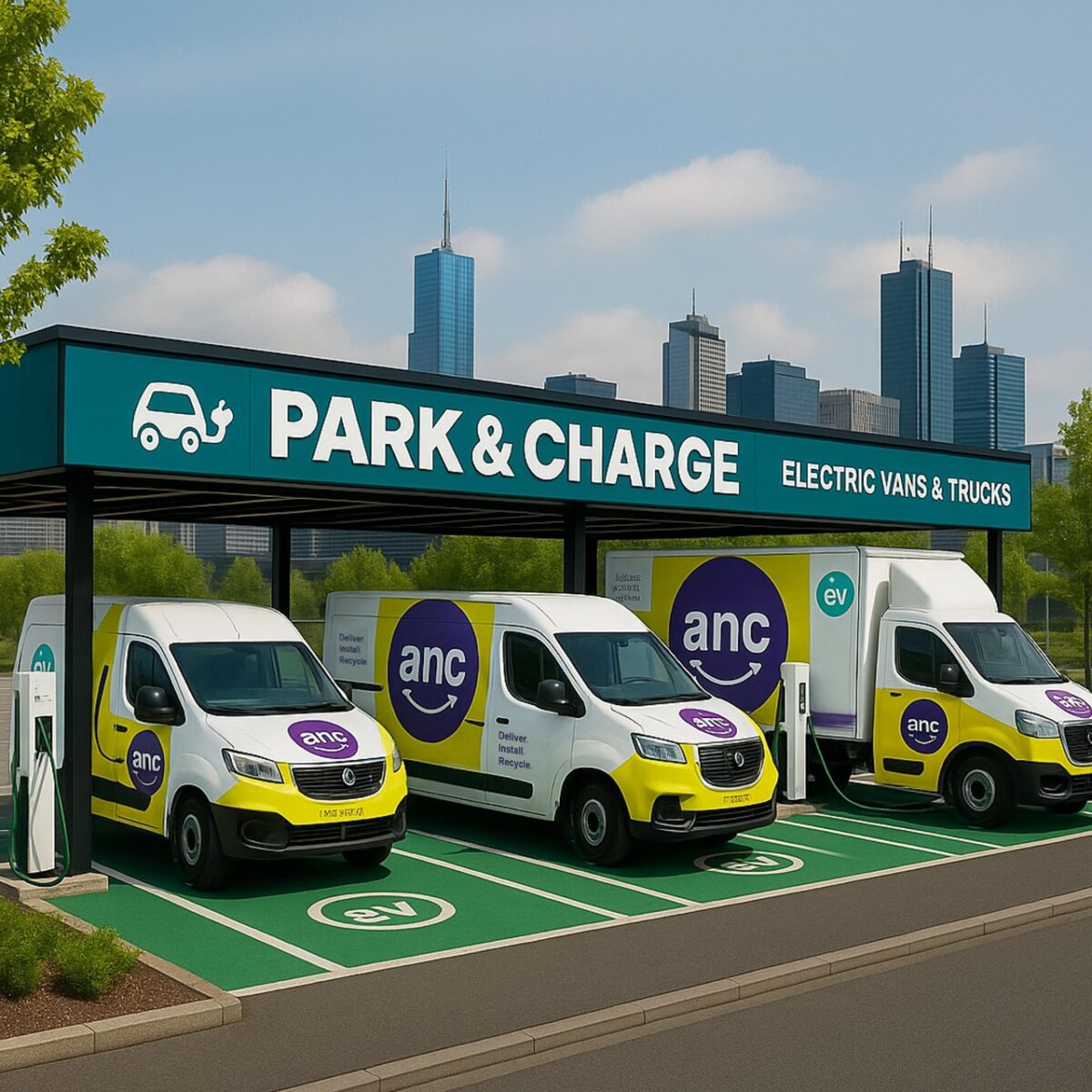
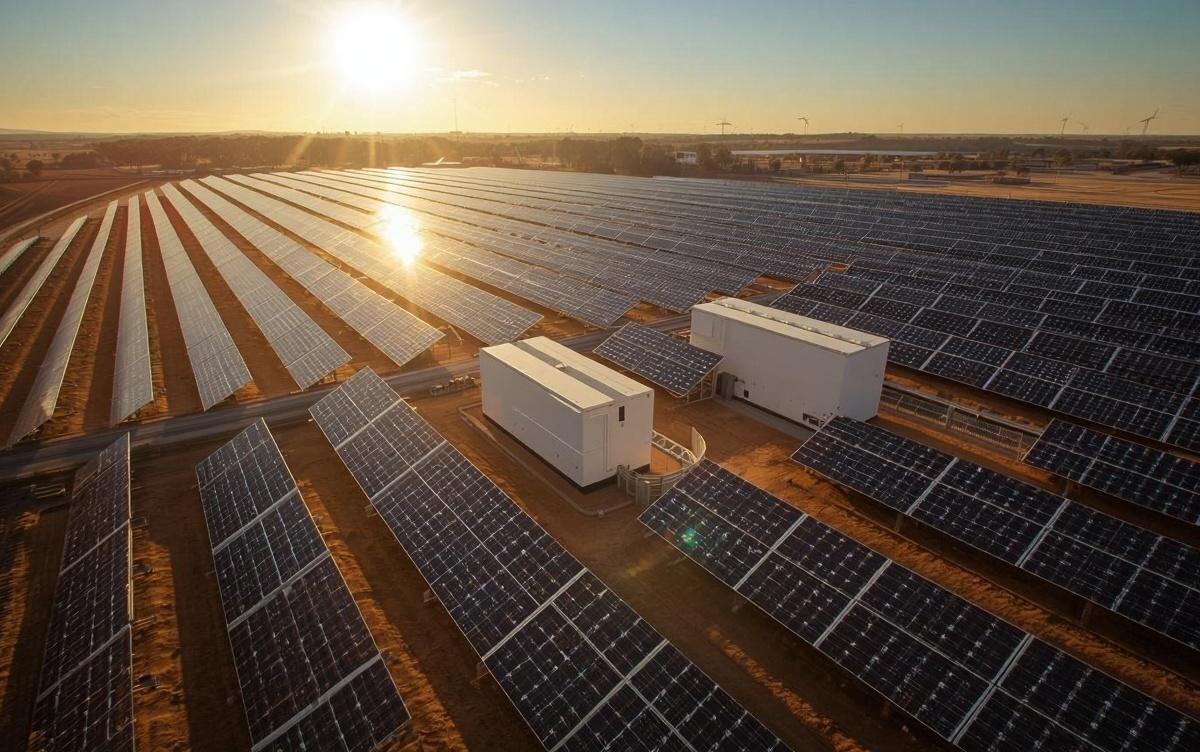


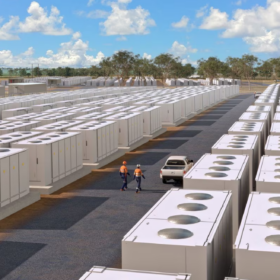

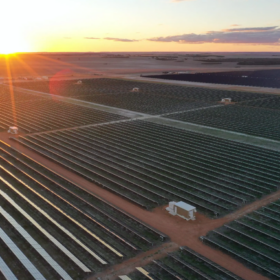
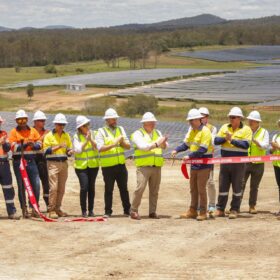

By submitting this form you agree to pv magazine using your data for the purposes of publishing your comment.
Your personal data will only be disclosed or otherwise transmitted to third parties for the purposes of spam filtering or if this is necessary for technical maintenance of the website. Any other transfer to third parties will not take place unless this is justified on the basis of applicable data protection regulations or if pv magazine is legally obliged to do so.
You may revoke this consent at any time with effect for the future, in which case your personal data will be deleted immediately. Otherwise, your data will be deleted if pv magazine has processed your request or the purpose of data storage is fulfilled.
Further information on data privacy can be found in our Data Protection Policy.